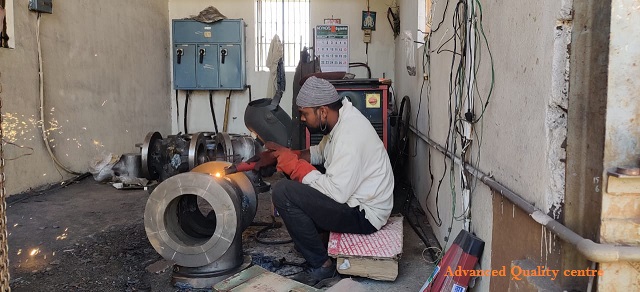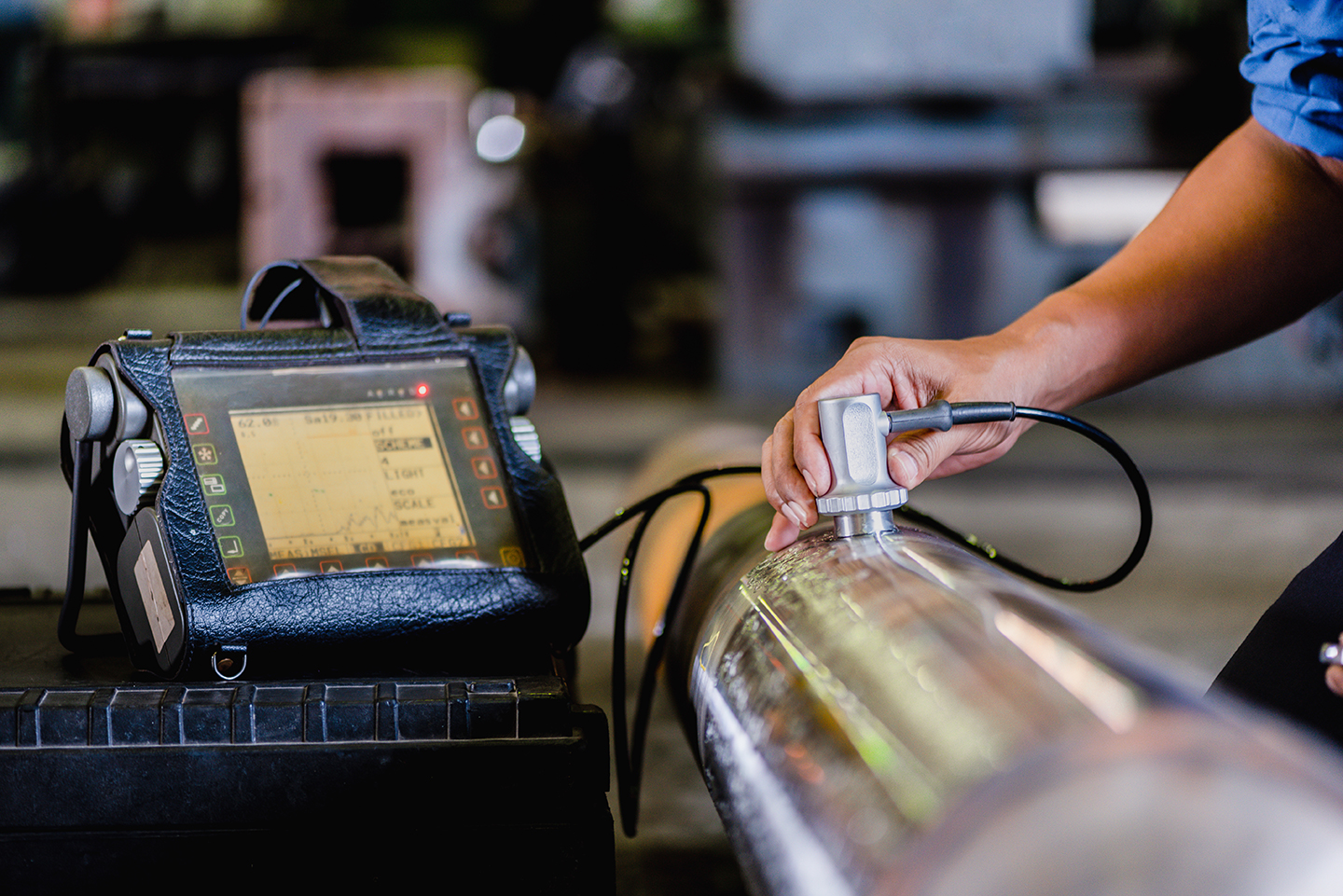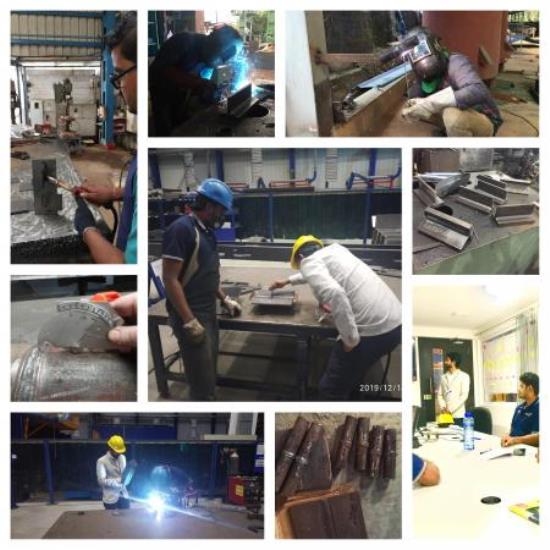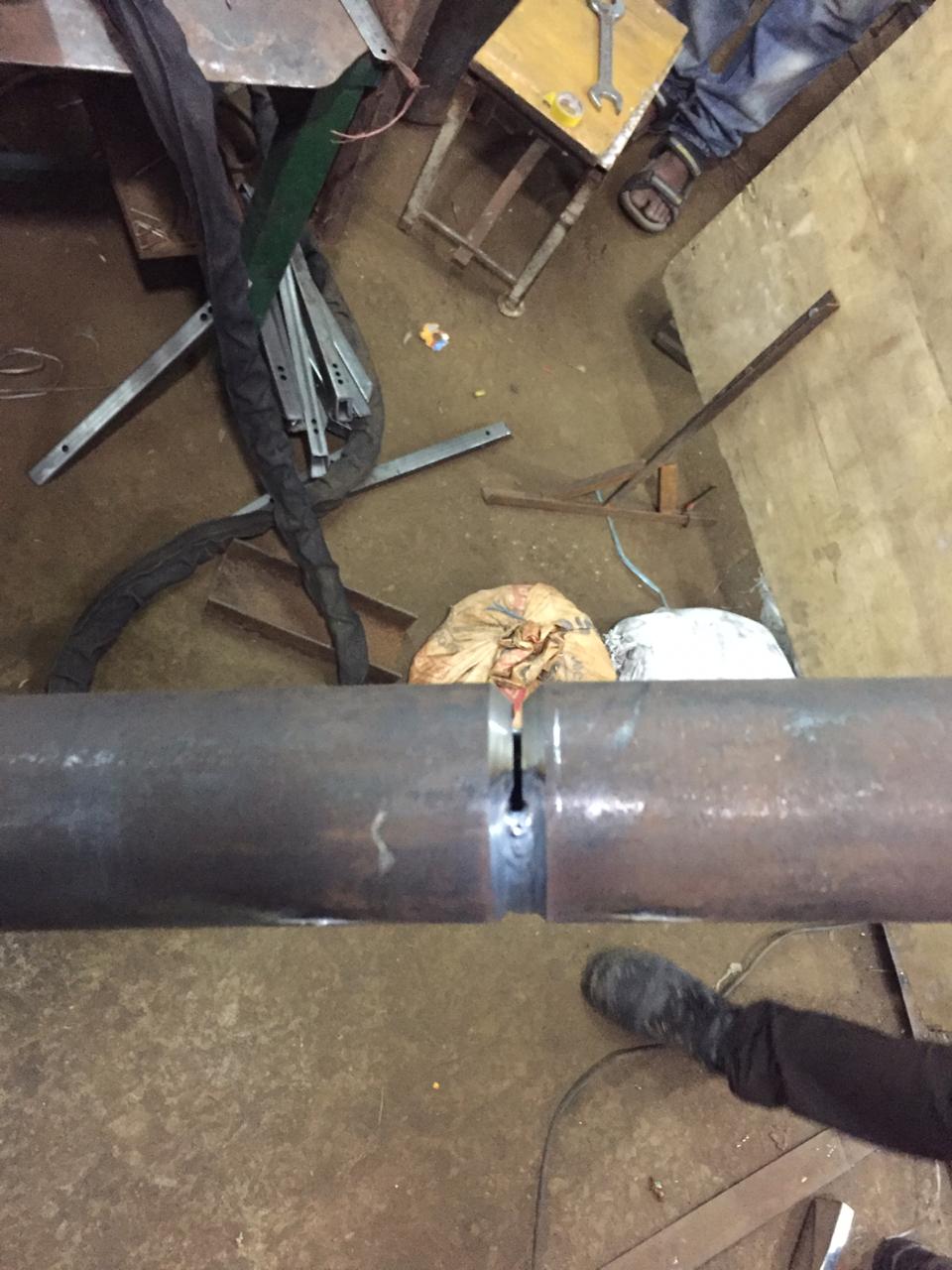blogs
blogs
blogs
WELDING SYMBOLS
Elements of Welding Symbols: The first concepts the Welding Inspector must understand very well, are the welding symbols and how to interpret them on drawings. The reference line of the welding symbol, as shown below, is used to designate the type of weld to be…blogs
Hardness Testing
Hardness Testing: Hardness is the resistance of a material to localized deformation. The term can apply to deformation from indentation, scratching, cutting or bending. In metals, ceramics and most polymers, the deformation considered is plastic deformation of the surface. For elastomers and some polymers, hardness is…blogs
Welding of Stainless Steels
Welding of Stainless Steels: General Concepts: Stainless steels, resumed here in a general way, are defined as steel alloys, where the chromium content ranges from 10.5% to 30%. There are five distinct types of stainless steel:blogs
NDT – Few Other Methods
Here are some rarely used NDT – Few Other Methods 1. Eddy Current Testing – ET: Eddy-current inspection uses electromagnetic induction to detect flaws in conductive materials. A circular coil carrying current is placed in proximity to the test specimen (electrically conductive). The alternating current in…blogs
Non destructive Testing (NDT)- Common Methods
Non destructive Testing (NDT)- Common Methods are: Visual Inspection – VT Liquid Penetrant Testing – LT Magnetic Particle Testing – MT Radiographic Testing – RT Ultrasonic Testing – UT 1. Visual Inspection – VT: Visual inspection after welding is very useful in evaluating quality, even if…blogs
STANDARD SPECIFICATIONS FOR WELDING PROCEDURES
The sole purpose of welding procedures is to describe the details that are to be followed in the welding of specific materials or type of joint. The following is a list of standard specifications for welding procedures that are normally covered in welding procedures…blogs
Welding Standards-Positions for Welding Pipe
Positions for Welding Pipe For welding pipe in shops, power plants, oil refineries, and chemical plants for crude oil, gasoline, and natural gas, the same basic welding positions described previously are used. Flat Butt Weld Pipe Position…blogs
NONDESTRUCTIVE TESTING – Visual Inspection (VT)
The NDT (nondestructive testing) methods are: Visual Inspection – VT Liquid Penetrant Testing – LT Magnetic Particle Testing – MT Radiographic Testing – RT Ultrasonic Testing – UT Eddy Current Testing – ET (not used in field inspection) Acoustic Emission Testing – AET (not…blogs













